How to Handle Wind and Currents While Fishing From a Kayak
Kayak fishing offers an intimate connection with nature and access to fishing spots unreachable by larger boats. However, mastering the art of kayak fishing requires understanding how to work with, rather than against, the elements. Wind and currents represent two of the most significant challenges kayak anglers face on the water. These natural forces can transform a peaceful fishing expedition into a frustrating battle against constant drift, making it difficult to maintain position, cast accurately, or even safely navigate back to shore. Fortunately, with proper knowledge, techniques, and equipment, you can learn to handle these conditions effectively, extending your fishing time and improving your catch rate. This comprehensive guide will equip you with strategies to manage wind and currents while fishing from a kayak, allowing you to fish confidently in various conditions.
Understanding How Wind Affects Kayak Positioning
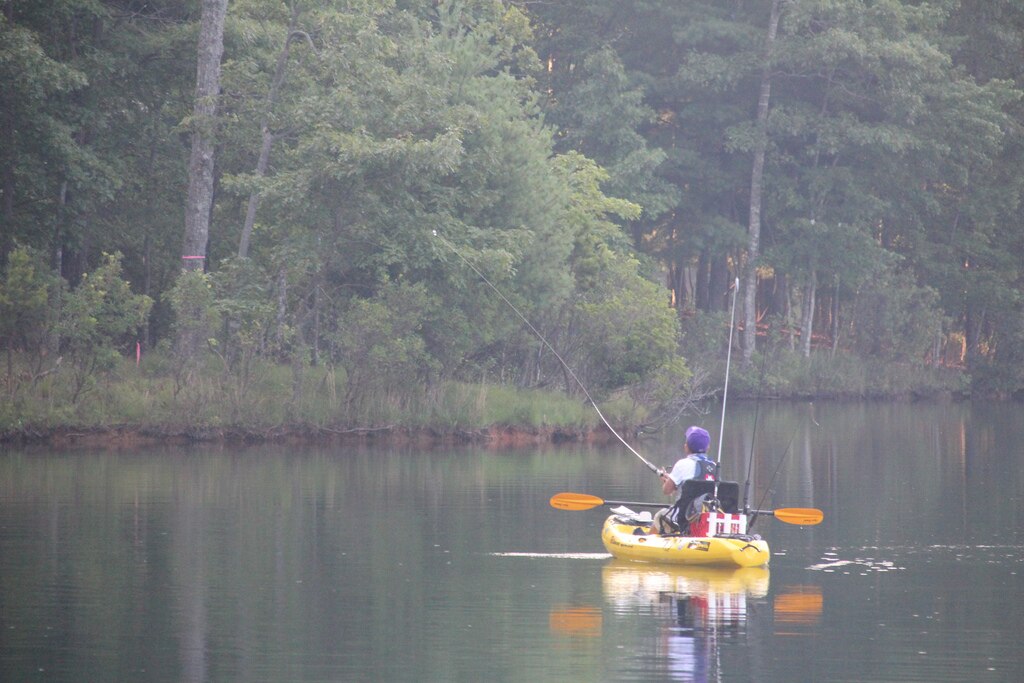
Wind represents one of the most influential factors affecting kayak fishing, as even a light breeze can significantly impact your watercraft’s positioning. Unlike heavier boats, kayaks have minimal draft and substantial freeboard, creating what anglers call “windage”—essentially turning your kayak into a sail that catches wind and pushes you across the water’s surface. This wind-driven movement, known as “windage drift,” occurs even in calm water and can move you away from productive fishing spots at surprising speeds. Understanding the relationship between wind direction, kayak orientation, and drift patterns forms the foundation of effective kayak control. Many beginners underestimate how quickly a 10-15 mph breeze can push them off position, but experienced kayak anglers know that wind awareness must become second nature for consistent fishing success.
Recognizing Water Current Patterns

Currents represent the second major force affecting kayak positioning, though they’re often less visible than wind. In rivers, currents follow predictable patterns dictated by the channel structure, flowing fastest in deeper central channels and slowing near banks where friction creates eddies and back-currents. Coastal waters experience tidal currents that change direction and strength throughout the day according to lunar cycles, with peak flow typically occurring midway between high and low tide events. Lake currents are subtler but still present, created by wind, temperature differences, inflows, or dam operations. Learning to “read” water by recognizing surface ripples, floating debris movement, or vegetation bending underwater provides valuable information about current direction and strength. This skill develops with experience but begins with conscious observation of water behavior in different environments.
Essential Gear for Wind and Current Management
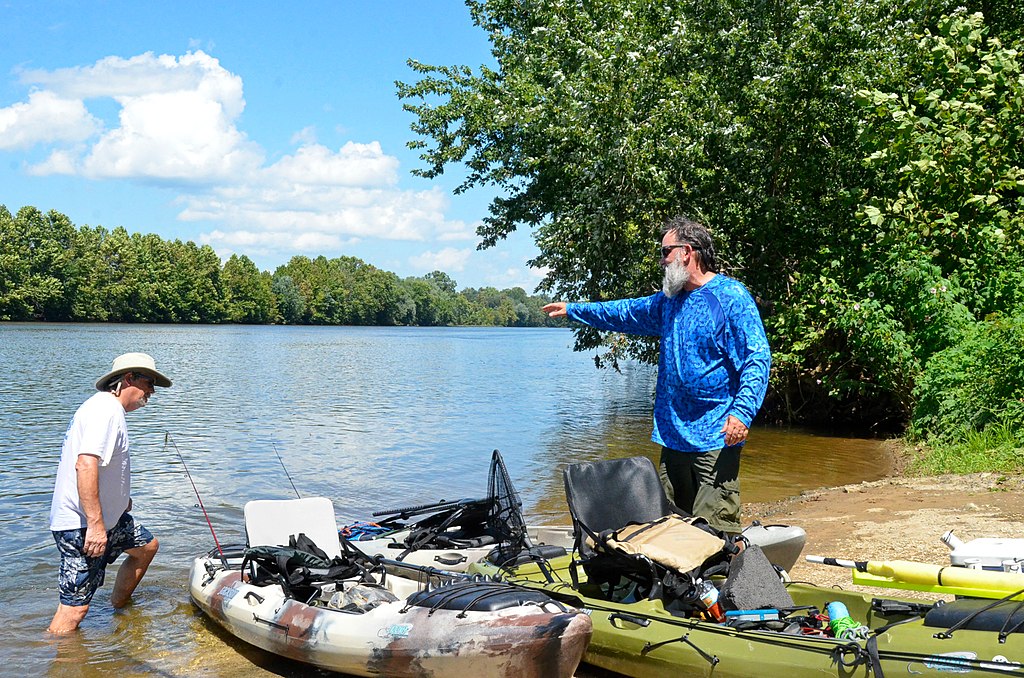
Specialized equipment can dramatically improve your ability to manage wind and currents while kayak fishing. An anchor system represents the most fundamental tool, with most kayak anglers preferring lightweight folding grapnel anchors (3-5 pounds) or specialized anchor styles like the Bruce claw or mushroom anchor. An anchor trolley—a pulley system that allows you to adjust your anchor position along the length of your kayak—greatly enhances anchoring versatility by changing your boat orientation without relocating your anchor. Drift socks (sea anchors) provide another valuable option, acting like underwater parachutes that slow drift without fully stopping your kayak, perfect for controlled drift fishing. Additionally, dedicated kayak fishing paddles with shorter, wider blades offer better control in windy conditions compared to recreational paddles. Finally, don’t overlook the value of a reliable floating compass or GPS unit for maintaining directional awareness when wind and currents might otherwise disorient you.
Mastering Anchoring Techniques

Proper anchoring technique transforms a simple anchor from merely useful to invaluable for kayak fishing in wind and currents. Always deploy your anchor upwind or upcurrent of your desired fishing location, allowing for drift as you lower it to the bottom. Rather than attaching an anchor line directly to your kayak, use an anchor trolley system that enables you to adjust your kayak’s orientation relative to wind and current while maintaining your position over productive fishing spots. For rocky bottoms where anchors might snag, employ a breakaway system using lighter line or specialized clips that allow the anchor to release if excessive force is applied. In stronger currents, use the “anchor chaining” technique, where additional weight is added midway along the anchor line to create a catenary curve that absorbs shock and helps maintain position. Remember that different bottom compositions require different anchor types—grapnels work well in rocky or vegetated bottoms, while fluke-style anchors excel in sand or mud.
Strategic Positioning Relative to Wind Direction
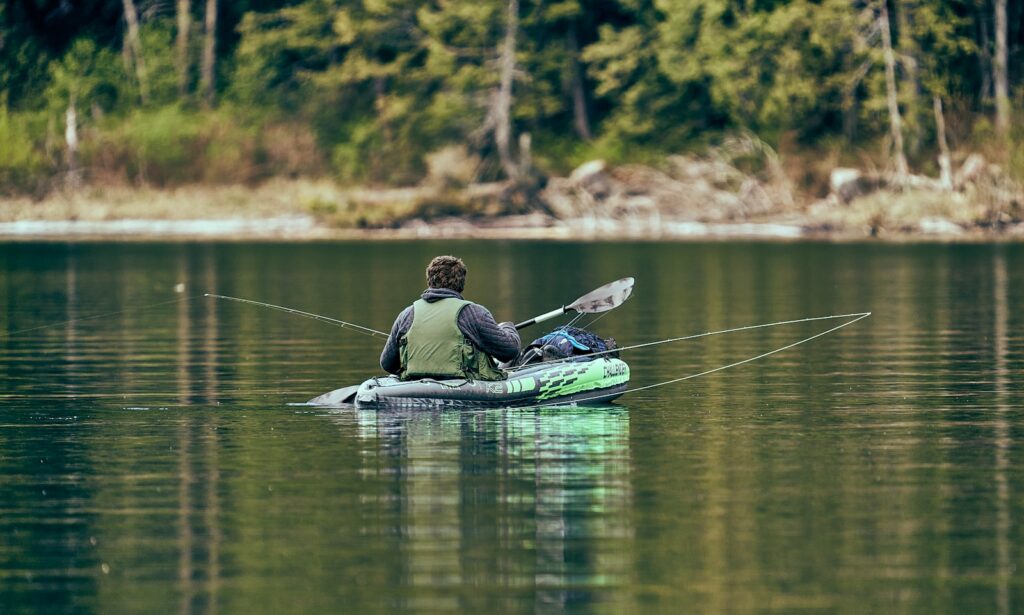
Strategic positioning relative to wind direction can transform challenging conditions into advantages for the kayak angler. When fishing structure like docks, shorelines, or reefs, position yourself upwind and drift toward the structure, making natural presentations as you approach. This “drift fishing” technique allows you to cover more water efficiently while maintaining a natural bait presentation. When significant structural elements like islands or large fallen trees are available, use them as windbreaks by fishing the leeward (downwind) side where you’ll find calmer water and often congregating baitfish. For precision casting to specific targets, position your kayak perpendicular to the wind rather than parallel, as this orientation provides greater stability and minimizes lateral drift during your casting motion. Finally, when moving between fishing locations, travel at diagonal angles to strong winds rather than directly into them, reducing paddling effort while maintaining better directional control.
Paddling Techniques for Wind Management

Refined paddling techniques specifically adapted for windy conditions can significantly enhance your kayak fishing experience. The low-angle paddling style, where the paddle shaft remains closer to horizontal, offers better control in windy conditions by reducing the paddle blade’s exposure to gusting winds. When facing a headwind, shorten your stroke and increase cadence rather than using powerful but slower strokes that allow wind to push against your kayak between strokes. The sweep stroke—a wide arcing motion that applies force throughout a semicircular path alongside your kayak—provides excellent course correction in crosswinds without interrupting forward momentum. For maintaining position while fishing, master the draw stroke, which pulls your kayak sideways without changing its orientation, allowing subtle position adjustments without disrupting your fishing presentation. Finally, in extremely windy conditions, the sculling draw provides a constant lateral force that can counteract persistent wind drift while you continue fishing.
Utilizing Pedal Drives and Motors in Challenging Conditions
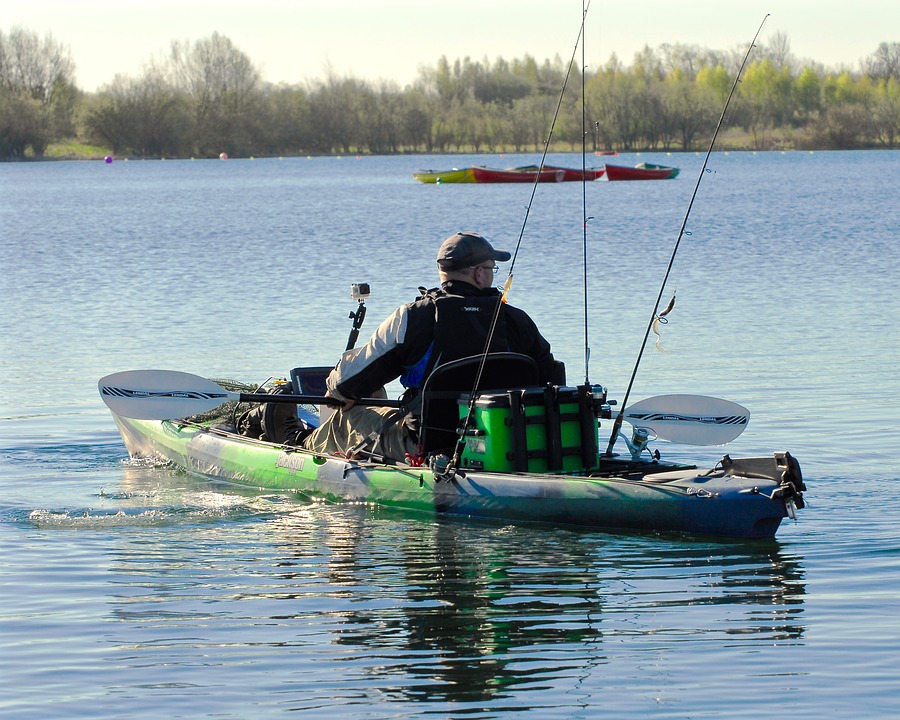
Pedal-driven kayaks and motorized kayaks offer significant advantages when battling wind and currents while fishing. Pedal systems allow hands-free propulsion through leg power, enabling you to maintain position or make adjustments while simultaneously casting and retrieving—a massive advantage over traditional paddle kayaks in windy conditions. The propeller-based Hobie MirageDrive system and the fin-based Native Watercraft Propel system both excel at providing precise control against moderate winds and currents. For stronger conditions, compact electric trolling motors mounted on kayaks provide substantial thrust-to-weight advantages, with modern lithium battery systems offering impressive run times despite their lightweight. When using motors in wind, the “station holding” technique of applying just enough power to counteract drift allows you to maintain position without anchoring. Additionally, GPS-integrated electric motors with “spot-lock” technology can automatically maintain position regardless of changing wind or current conditions, representing the ultimate solution for position control while focusing entirely on fishing.
Reading Weather Patterns Before Launching
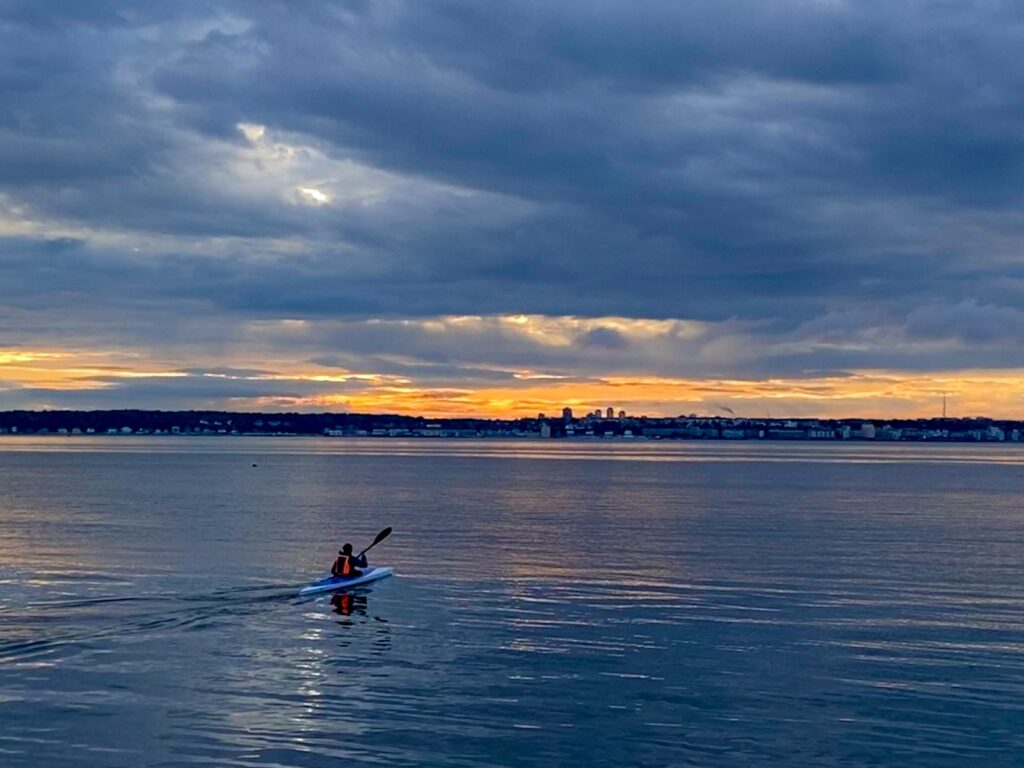
Developing weather awareness before launching your kayak can prevent dangerous situations and optimize your fishing time in favorable conditions. Beyond checking standard weather forecasts, pay particular attention to wind forecasts, including predicted direction shifts and gusting patterns throughout your planned fishing period. Weather apps with hourly wind forecasts like Windy, WindFinder, or Weather Underground provide detailed information about expected conditions on your specific body of water. Barometric pressure trends offer valuable fishing intelligence—falling pressure often triggers feeding activity before storms, while stable high pressure typically means consistent but potentially slower fishing. Cloud formations provide immediate visual cues about changing conditions: rapidly developing vertical clouds (cumulus) indicate instability and possible thunderstorms, while lowering cloud ceilings suggest approaching weather systems. Additionally, recognize that wind typically increases during midday as the sun heats the land and creates thermal gradients, making early morning and evening often the calmest periods for kayak fishing, regardless of the forecast.
Drift Fishing Strategies for Kayak Anglers

Rather than fighting against wind and current, skilled kayak anglers often incorporate these forces into their fishing strategy through controlled drift fishing. This technique transforms what might be considered a disadvantage into a methodical approach for covering water efficiently. To execute a productive drift, first identify the direction of your drift path using visible markers or GPS tracking, then position yourself upstream or upwind of productive areas. Deploy a drift sock (sea anchor) to slow your movement to the optimal speed for your target species and presentation, typically 0.5-1.5 mph for most fishing situations. Position your rod holders and organize tackle to accommodate casting in the direction of travel, allowing your lures or bait to work ahead of your kayak’s noise and shadow. When you encounter a productive area during your drift, quickly deploy your anchor or use your paddle/pedal system to hold position and thoroughly work the area before continuing your drift. Many experienced kayak anglers plan “drift routes” across known productive areas, using wind and current to naturally carry them along these productive paths.
Safety Considerations in Strong Winds and Currents

Safety must remain paramount when kayak fishing in conditions with significant wind or current. Always wear a properly fitted Coast Guard-approved personal flotation device (PFD)—not just carried but wornas wind and current situations can change rapidly. Dress appropriately for water temperature rather than air temperature using the 120-degree rule (if air and water temperatures combined equal less than 120°F, wear insulating layers or a wetsuit). Maintain continuous awareness of wind direction relative to shore, as offshore winds can quickly push kayakers away from safety in the event of problems. Establish a float plan before departure, informing someone reliable about your planned location, route, and expected return time. Carry emergency signaling devices, including a waterproof VHF radio, whistle, and high-visibility flag, particularly important when wind conditions might prevent others from hearing calls for help. Finally, know your limits and be willing to end your fishing session early if conditions deteriorate beyond your comfort zone—the most experienced kayak anglers recognize that good judgment often means fishing another day.
Fishing Presentation Adaptations for Moving Water
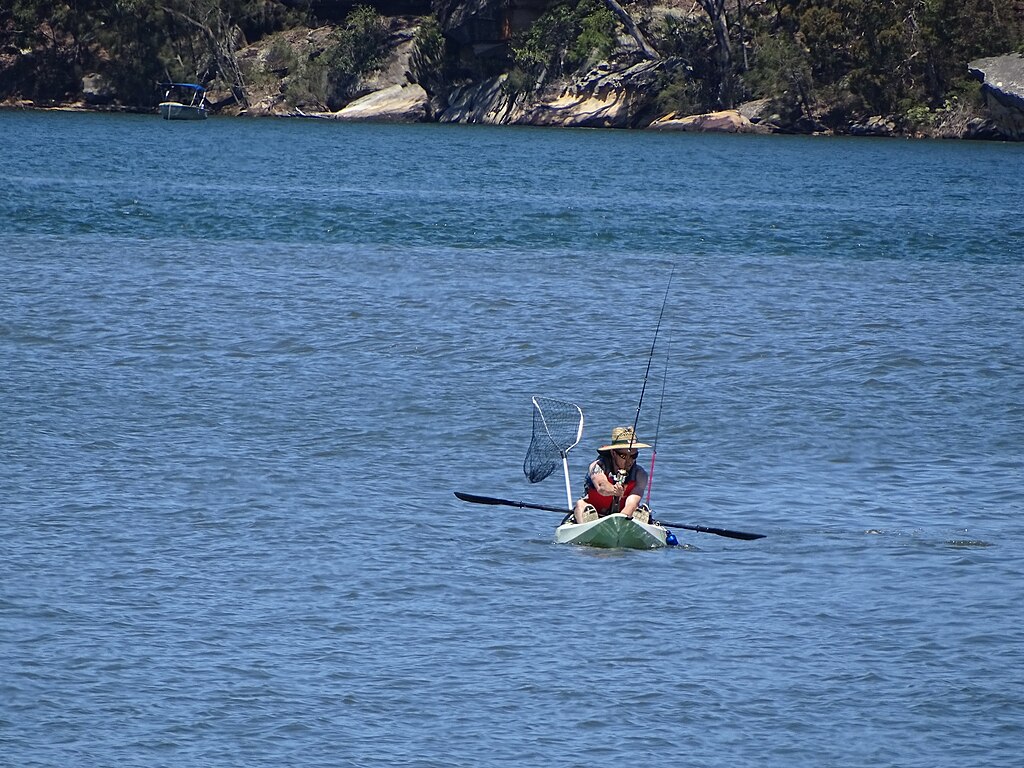
Wind and current necessitate specific adaptations to fishing presentations for maximum effectiveness from a kayak. When casting into the wind, use heavier lures than normal and employ a side-arm casting technique that keeps your lure closer to the water’s surface during the cast, reducing wind resistance. For upstream presentations, add weight to compensate for the faster water movement, and position casts further upstream than you normally would to allow lures adequate time to reach target depth. When drift fishing with the current, downsize your weights to prevent snagging while maintaining bottom contact, and employ longer rods (7-8 feet) that allow you to control more line above the water. For precision presentations in wind, utilize the “accuracy cast” technique—a compact, controlled casting motion with minimal false casting that sacrifices distance for placement precision. Finally, consider switching to scented baits or adding attractants in windy conditions, as they help fish locate your offering when reduced visibility might otherwise limit your success.
Maintaining Energy Conservation in Challenging Conditions
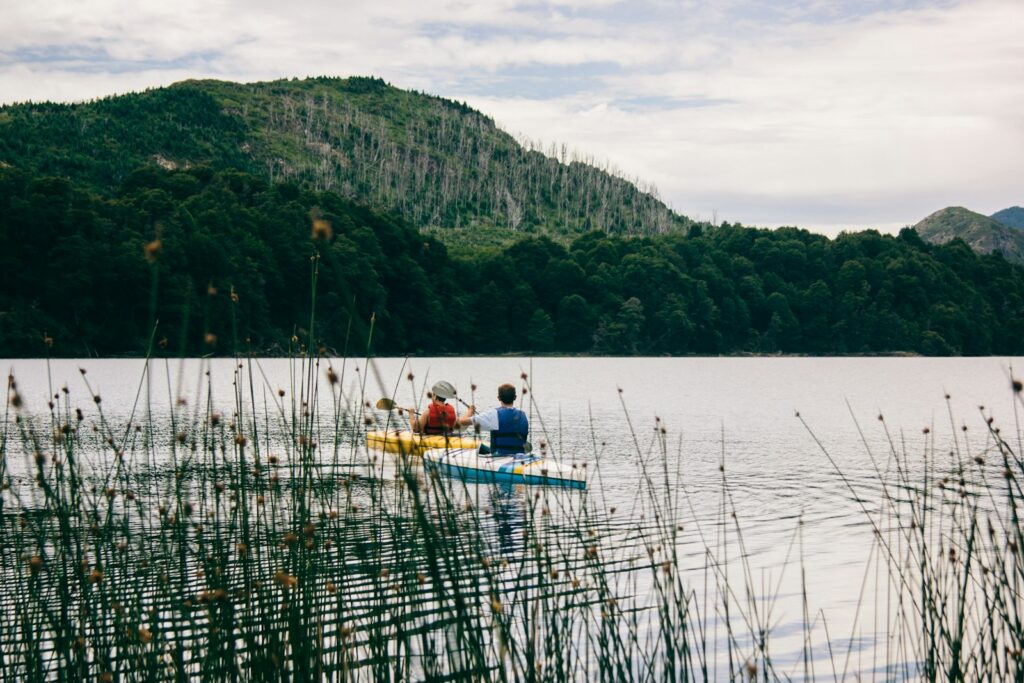
Fishing effectively in wind and current requires thoughtful energy management to prevent exhaustion and extend your time on the water. Plan your movements to take advantage of natural features like islands, coves, and shoreline contours that provide wind breaks or current relief, allowing strategic rest periods. When moving between fishing locations, use the “ferry angle” technique—positioning your kayak at an angle to the current or wind rather than fighting directly against it, which reduces energy expenditure while maintaining better directional control. Structure your fishing day to align with natural energy patterns, starting with more demanding paddling activities while fresh, then transitioning to anchored or drift fishing as fatigue accumulates. Maintain proper hydration and nutrition throughout your outing, as dehydration accelerates fatigue significantly when fighting wind and current. Consider using paddle leashes and tool tethers to prevent the additional energy expenditure of retrieving dropped equipment, particularly important in windy conditions where items can quickly blow away from your kayak.
Advanced Equipment Setups for Serious Kayak Anglers
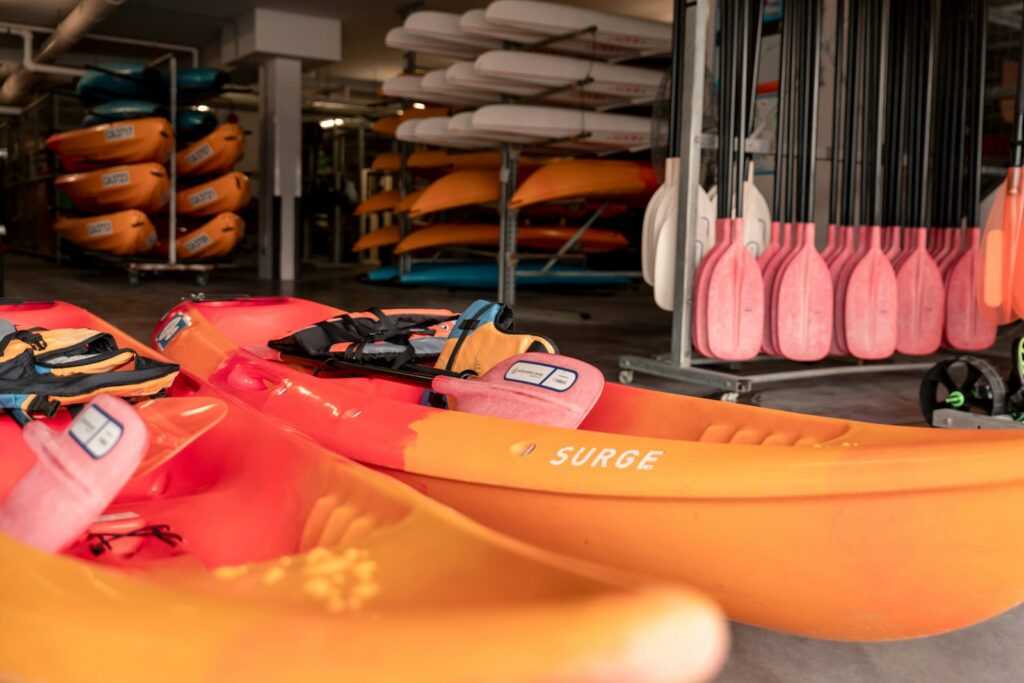
Serious kayak anglers often modify their setups with specialized equipment designed specifically for wind and current management. Power-Pole Micro anchors provide push-button deployment of shallow-water stake-out poles, allowing instant stopping power in waters under 8 feet deep without traditional anchoring. GPS-integrated fish finders with custom mapping capabilities enable precise tracking of drift patterns and marking of productive areas for future positioning regardless of conditions. Specialized kayak rudder systems designed with extra surface area provide enhanced tracking in crosswinds compared to standard recreational kayak rudders. Outrigger systems (amas) dramatically increase stability in windy conditions, allowing confident standing and casting even when waves develop. Multiple anchor systems configured for different bottom types allow adaptability to varying environments, with some advanced anglers using quick-release anchor trolleys on both sides of their kayak for rapid repositioning. Additionally, purpose-built kayak fishing PFDs featuring multiple attachment points for tools and emergency equipment ensure necessary gear remains accessible regardless of wind conditions.
Conclusion

Mastering wind and current while kayak fishing represents a journey of continuous learning rather than a single skill to acquire. As you gain experience, you’ll develop an intuitive understanding of how your specific kayak responds to different conditions and how to adapt your technique accordingly. Remember that successful kayak anglers don’t fight against nature’s forces but instead learn to work harmoniously with them, sometimes holding position firmly when necessary and other times using these elements strategically to enhance their fishing approach. By implementing the techniques and equipment recommendations outlined in this guide, you’ll extend your effective fishing time, access more productive water safely, and ultimately catch more fish in conditions that might otherwise limit your success. The ability to fish effectively in wind and current separates casual kayak anglers from those who consistently find success regardless of conditions—and with practice, patience, and the right approach, you can join their ranks.
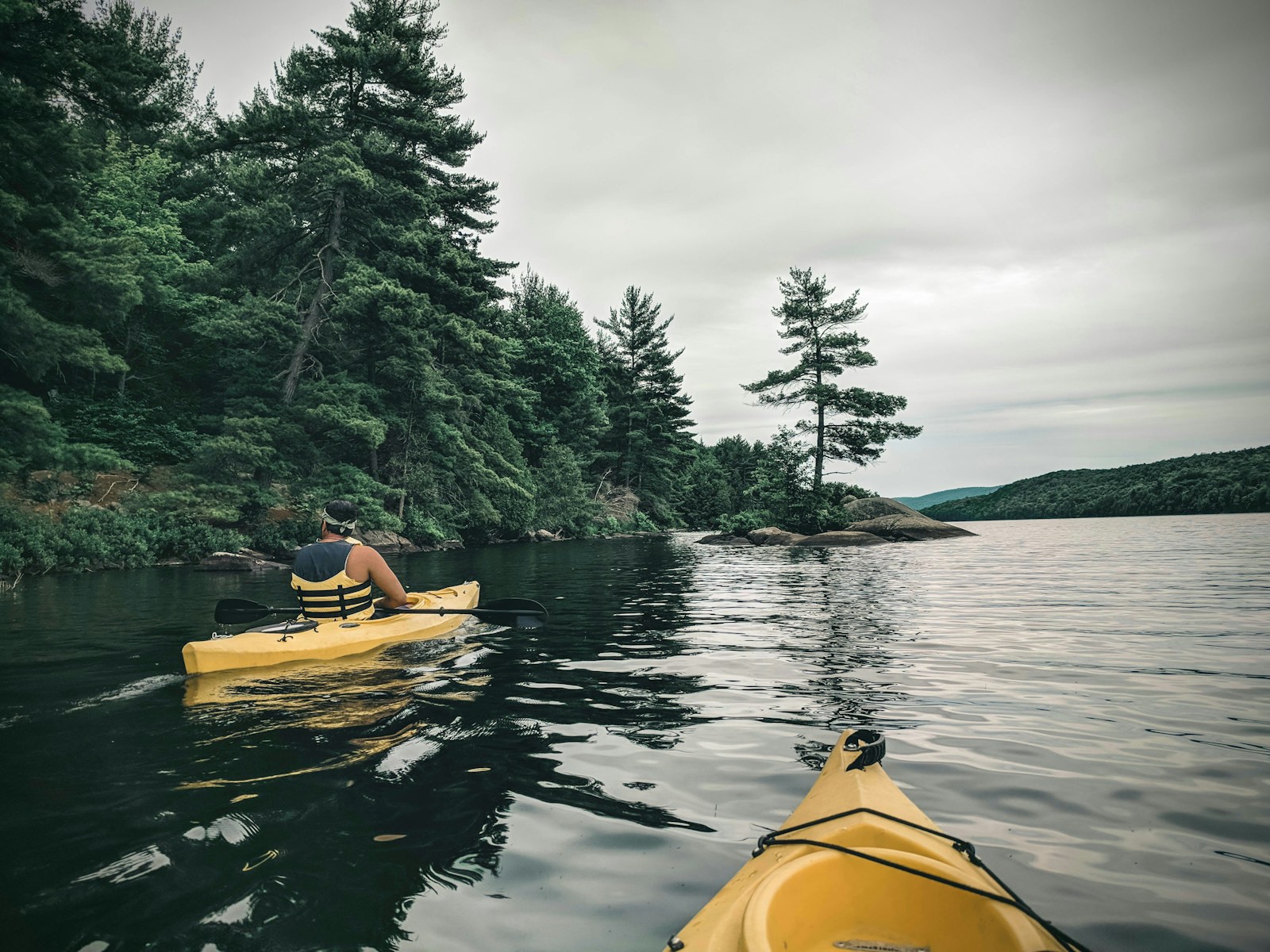

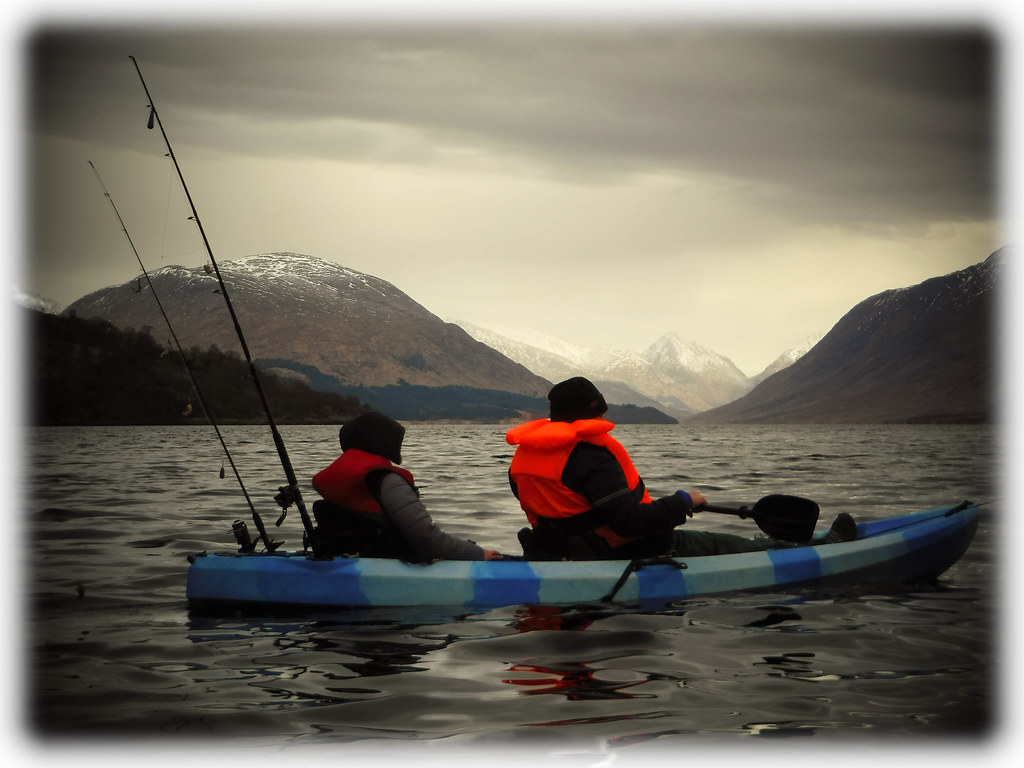











Post Comment